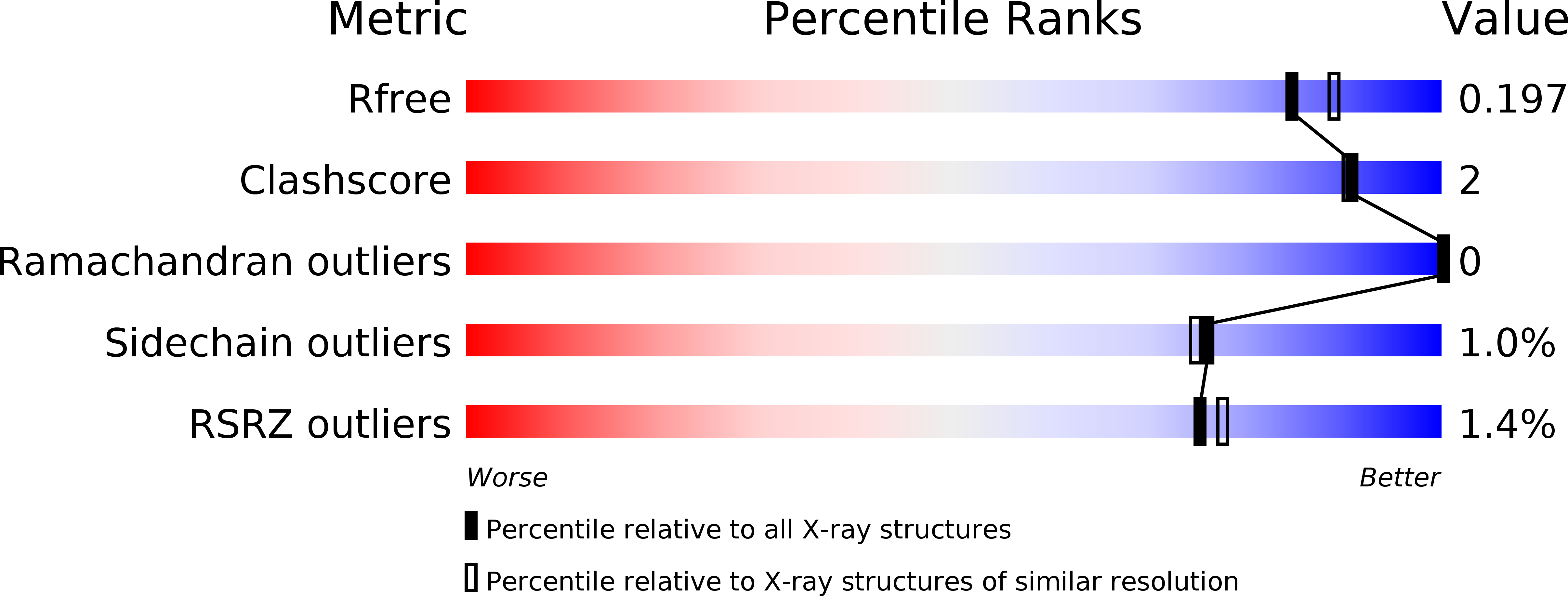
Deposition Date
2012-04-18
Release Date
2012-11-21
Last Version Date
2024-10-16
Entry Detail
Biological Source:
Source Organism:
Agrobacterium tumefaciens (Taxon ID: 176299)
Host Organism:
Method Details:
Experimental Method:
Resolution:
1.91 Å
R-Value Free:
0.19
R-Value Work:
0.16
R-Value Observed:
0.16
Space Group:
P 61 2 2


